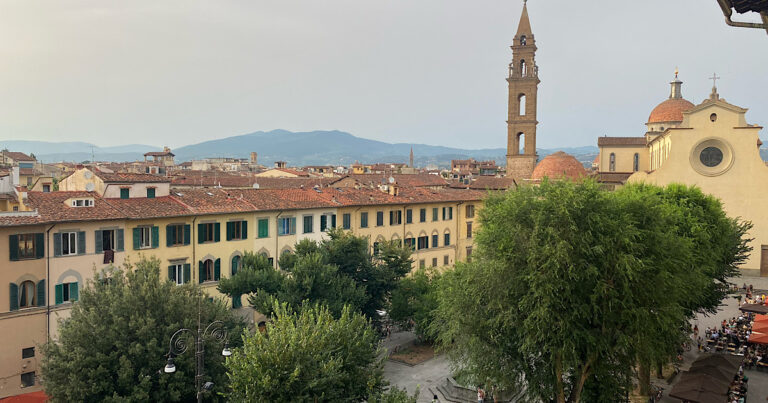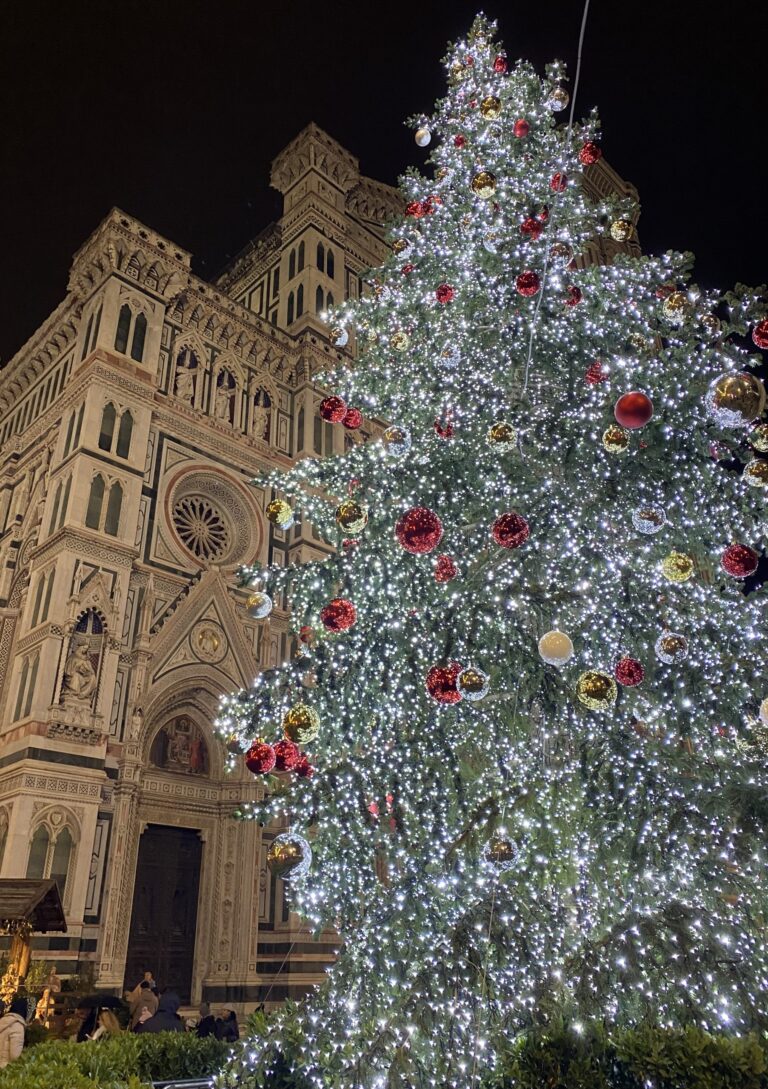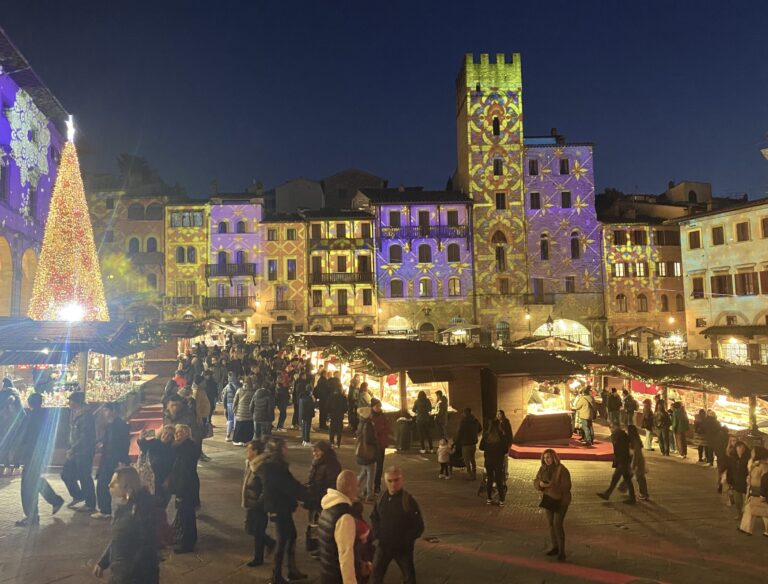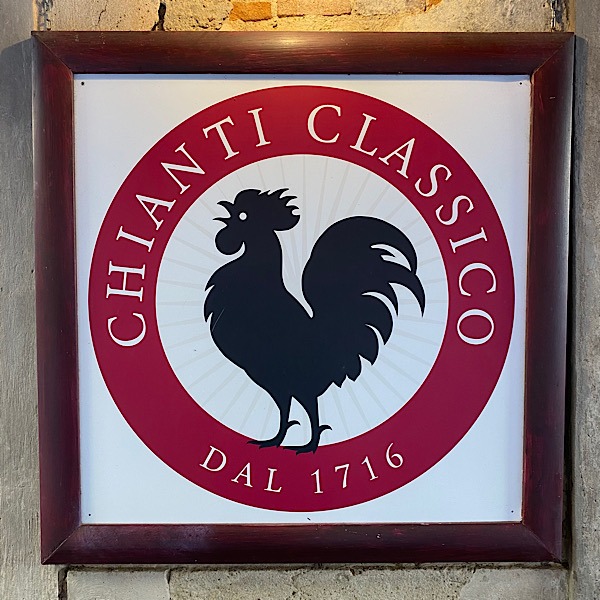The Olive Oil Of Chianti: A Taste of Tuscany’s History
From Harvest To Table
Since late October, the hills around our village in Tuscany, have come alive with the sounds of la raccolta delle olive (the olive oil harvest). As this is the first time we have been in Chianti this late in the year, we’ve been lucky enough to see it up close.

We’ve seen (and heard) olive pickers carefully combing through the trees with their mechanical rakes, dislodging the olives, which land on the large, green tarps at the base of the tree.
Next, the fruit is bundled into waiting trailers hitched to the back of tractors and whisked away for pressing. Timing is crucial, as the olives need to be pressed within 24 hours of harvest, to preserve the flavours.
Confession! We didn’t know very much about the story of olive oil, apart from being aware of its health benefits. We thought we should do a bit of research into a product which has so much history and importance in Chianti. Here’s what we discovered.
- The cultivation of olive trees in Tuscany dates back to the Etruscans, who recognised that the climate and terrain was ideal for growing olives.
- Later, the Romans established olive oil as a staple of daily life for cooking, lighting, and medicinal use.
- During the Middle Ages, olive oil became a highly valued commodity, with uses that went far beyond cooking. Monasteries often managed olive groves, producing oil for religious ceremonies, medicinal purposes, as well as powering lamps, and trade.
- Olive oil production was closely tied to the feudal system, with landowners overseeing groves tended by tenant farmers. Surplus oil was traded for goods or sold in local markets, making it a source of wealth.
- Many of Chianti’s olive groves date back to this period, stand as living reminders of how integral olive oil was—and still is—to Tuscan culture and history.
- Some olive groves in Chianti contain trees dating back hundreds of years. It’s not uncommon to find groves with trees that are over 300–500 years old, with some reaching an astonishing age of 1,000 years or more.
- The most common types of olives are Frantoio, Leccino, Moraiolo, and Pendolino.
- The Consorzio Olio DOP Chianti Classico protects & promotes the standards that determine if an extra virgin olive oil can bear the Chianti Classico DOP label, maintaining high levels of quality.
The Production Process
An incredible amount of care goes into producing the oil. The freshly picked olives are sorted, washed, and crushed into a paste—pits and all—using either modern steel rollers or traditional stone mills.
The paste is then gently churned in a process called malaxation, which helps release the oil. Finally, the mixture is cold-pressed or centrifuged to separate the golden oil from water and solids.

One of the more interesting aspects of the olive oil culture here, is the maintenance of tradition. Small, family-run farms where the entire process—from harvesting to bottling—is done on-site.
These oils are often produced in limited quantities, mainly for consumption by family and friends.
Ready To Try? Here’s A Guide On How To Taste Olive Oil.
- Pour a small amount of oil into a tasting glass.
- Warm it by cupping the glass to release the aromas.
- Smell deeply to detect grassy, fruity, or peppery notes.
- Sip and let it coat your palate, appreciating the bitterness and peppery finish.
- Swallow to enjoy the piccante, a gentle kick at the back of your throat—a sign of high-quality extra virgin olive oil.
FAQs
What makes Olive Oil so special? Whether you’re curious about how it’s made, how to use it, or why some oils taste peppery, we’ve got the answers right here!
Wondering What Else Is On In Tuscany In Winter? Check Out Our Guide.
Here’s A Few Olive Oil Pairing Ideas.
- Drizzle it over freshly toasted bread with a sprinkle of sea salt.
- Use it to dress a crisp salad.
- Add it to hearty soups like ribollita or roasted vegetables.
- For a sweet surprise, try it drizzled over vanilla gelato.
- Paired with honey and cheese—a definite winner!
Need Tips & Ideas To Stay Warm & Dry This Winter In Tuscany? Check Out Our Packing Guide.


Experiencing Chianti during olive harvest season has added a rich layer to our Tuscany trip itinerary, giving us a deeper appreciation for this ancient tradition.
Many local farms welcome visitors with tours of their olive groves and presses, offering a glimpse into the process behind their exquisite oils. Chianti’s olive oils aren’t just a culinary delight—they’re a testament to the region’s land, people, and history. Godere!
Tuscany Travel Planning Toolkit
If you use any of these affiliate links to purchase products or services, we may earn a small commission at NO EXTRA COST TO YOU. Thank you for your support. 😁 Our Affiliate Disclosure Statement is available here.





